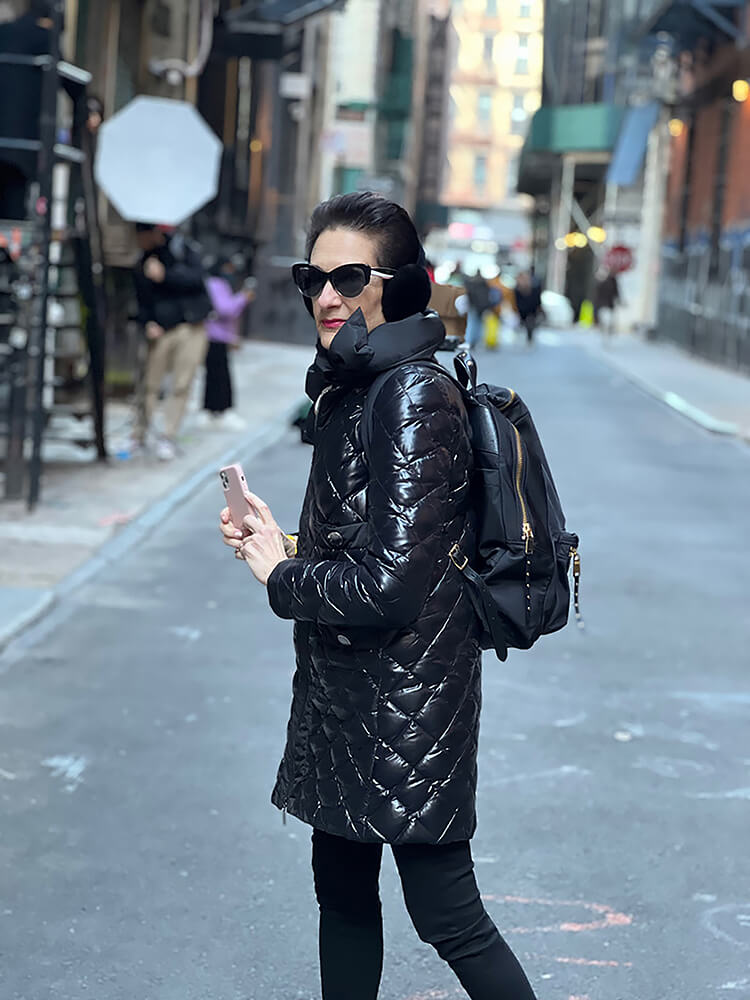Documentary/portrait photographer Jean Karotkin began making black and white portraits of breast cancer survivors in 2001, as she herself was undergoing treatment for the disease. Her images garnered recognition from the Dallas Morning News, Texas Monthly, CNN and NPR, among others, and were exhibited at The Houston Center for Photography and the Amon Carter Museum of American Art. Karotkin's subsequent portrait series, Mirrors - featuring drag queens, burlesque dancers, and the inmates of Chowchilla women's prison - also highlight and disrupt prevailing notions of beauty.
In November 2021, Karotkin was featured in FotoNostrum magazine, which highlighted an array of the artist's portraits, including images from her most personal body of work: Disappearing Soul: Self Portraits in the time of Covid, for which the artist turned the camera on herself to capture the languishing effects of Covid-related isolation. The series was awarded an honorable mention from the Julia Margaret Cameron Competition, recognized by the L'OEIL de la PHOTOGRAPHIE and ARTDOC, featured in the April 2022 issue of Lens magazine and spotlighted by the Los Angeles Center of Photography.
Karotkin recently completed a second collection of self-portraits, entitled West Shore Motel, for the Disappearing Soul series. For this body of work, which was shot at a Long Island roadside Motel, the artist continued to address the human need for companionship. However, here, she added an implicitly sexual element to the narrative that distinguishes it from the series' initial installment and boldly implies the type of desire that women ''of a certain age'' are traditionally denied.
Karotkin's portfolio also features an expansive commercial series of botanical prints, entitled Gymnopédies, many of which were featured in the March 2023 issue of Lens magazine. Ninety-one of these prints were acquired by and installed in The Park Belvedere, an Upper West Side New York condominium, at 101 West 79th. The Museum of Arts and Design also added one to the art collection featured in their restaurant, Robert.
Along with her growing botanical series, Karotkin is currently working on a monograph entitled (In)sight: Women Who Work Behind the Lens, a collection of black and white portraits of some of the most eminent female photographers and curators working today. In April 2022, images from the series were exhibited as part of a group show at the Soho Photo Gallery in New York, NY.
Born in Dallas, TX, Jean Karotkin lives in New York City.
